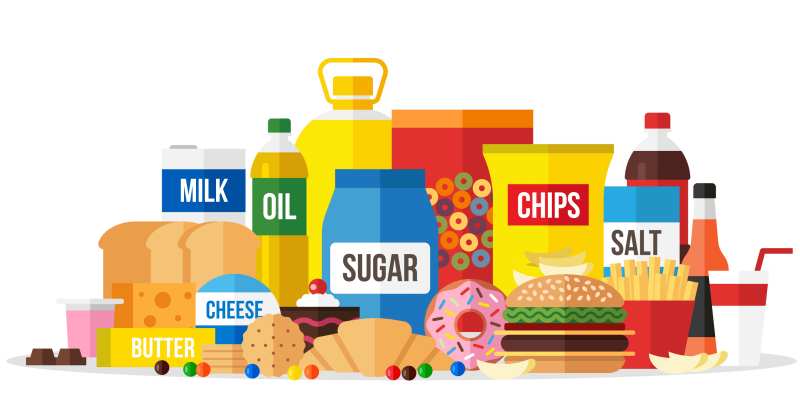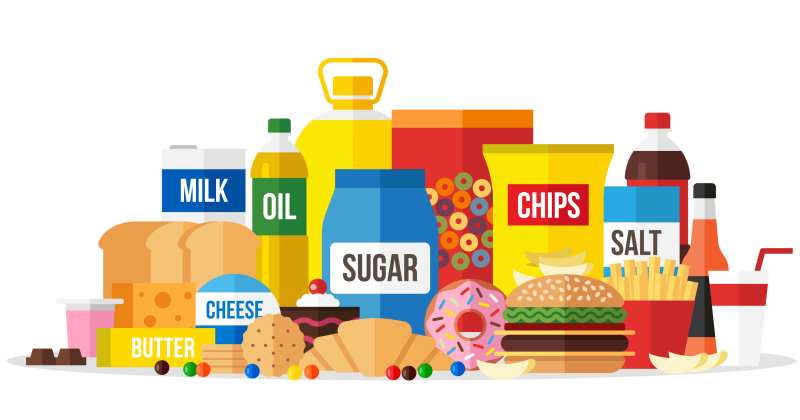The ketogenic diet is a high-fat, moderate-protein, and low-carbohydrate eating plan designed to shift the body into a state of ketosis, where fat is burned for fuel instead of carbohydrates. To effectively follow a ketogenic diet, it’s essential to understand how to calculate and adjust macronutrients (macros) to maintain ketosis and achieve your health and fitness goals.
This comprehensive guide will walk you through the steps needed to determine your keto macros, including carbohydrates, protein, and fats, and how to adjust them based on your goals. Whether you’re aiming for weight loss, muscle gain, or maintenance, these tips will help you optimize your diet for maximum results.
Understanding Keto Macros and Their Importance
Macros refer to the three main macronutrients in our diet: carbohydrates, proteins, and fats. In a ketogenic diet, the typical macronutrient breakdown is:
- 70-80% Fat (for sustained energy and ketosis)
- 15-25% Protein (to support muscle maintenance and recovery)
- 5-10% Carbohydrates (to keep blood sugar levels stable and prevent insulin spikes)
This composition ensures that your body remains in ketosis by restricting carbohydrates and relying on healthy fats for energy production.
Step 1: Calculate Your Total Daily Energy Expenditure (TDEE)

Before determining your macro ratios, you need to know how many calories you need per day. This is determined by your Total Daily Energy Expenditure (TDEE), which is based on your Basal Metabolic Rate (BMR) and activity level.
How to Calculate Your BMR (Basal Metabolic Rate)
- The Mifflin-St Jeor Equation is the most commonly used formula:
- Men: BMR = (10 × weight in kg) + (6.25 × height in cm) – (5 × age) + 5
- Women: BMR = (10 × weight in kg) + (6.25 × height in cm) – (5 × age) – 161
Determine Your Activity Level
- Sedentary (little or no exercise): BMR × 1.2
- Lightly active (1-3 days of exercise per week): BMR × 1.375
- Moderately active (3-5 days of exercise per week): BMR × 1.55
- Very active (6-7 days of exercise per week): BMR × 1.725
- Super active (twice daily intense exercise): BMR × 1.9
This calculation gives you your TDEE, which represents the number of calories needed to maintain your weight.
Step 2: Determine Your Keto Macro Ratios

Once you have your TDEE, use the following formulas to calculate your macros based on keto guidelines.
1. Carbohydrates (5-10% of Total Calories)
- Aim for 20-50g of net carbs per day to maintain ketosis.
- Formula: (Total Daily Calories × 5-10%) ÷ 4 = Carbohydrate intake in grams.
- Example: For a 2000-calorie diet, 5% carbs = (2000 × 0.05) ÷ 4 = 25g net carbs.
2. Protein (15-25% of Total Calories)
- Protein intake should be moderate to prevent excess gluconeogenesis (conversion of protein into glucose).
- Formula: (Total Daily Calories × 15-25%) ÷ 4 = Protein intake in grams.
- Example: For a 2000-calorie diet, 20% protein = (2000 × 0.20) ÷ 4 = 100g protein.
3. Fat (70-80% of Total Calories)
- Fat makes up the majority of your intake to maintain ketosis.
- Formula: (Total Daily Calories × 70-80%) ÷ 9 = Fat intake in grams.
- Example: For a 2000-calorie diet, 75% fat = (2000 × 0.75) ÷ 9 = 167g fat.
Step 3: Adjusting Macros for Different Goals
1. Keto for Weight Loss
- Reduce caloric intake (TDEE – 10-20%).
- Focus on healthy fats and moderate protein intake.
- Stay below 50g of net carbs per day.
2. Keto for Muscle Gain
- Increase protein intake to 2-2.2g per kg of body weight.
- Slightly increase caloric intake (TDEE + 10-15%).
- Maintain a low-carb, high-fat approach to stay in ketosis.
3. Keto for Maintenance
- Keep macros aligned with your TDEE.
- Monitor ketone levels and adjust if necessary.
Best Keto Macro Calculators and Tools
To make macro tracking easier, you can use these keto macro calculators and apps:
- Keto Macro Calculator (Kiss My Keto)
- Perfect Keto Macro Calculator (Perfect Keto)
- MyFitnessPal App (MyFitnessPal)
Conclusion
Mastering keto macros is key to maintaining ketosis and achieving your health goals. Whether you aim to lose weight, gain muscle, or maintain your current weight, tracking and adjusting your macros is essential. By following the step-by-step guide outlined above, you can personalize your carbohydrate, protein, and fat intake to optimize your ketogenic lifestyle.
References
- “Ketogenic Ratio Determines Metabolic Effects of Macronutrients and Prevents Interpretive Bias.” Read more
- “A Guide for the Practical Implementation of the Classical Ketogenic Diet.” Read more
- “Comparison of the Ketogenic Ratio of Macronutrients With the Low Carbohydrate Diet Score.” Read more
- “Ketogenic Diet and Metabolic Regulation: Influence on Macronutrient Metabolism.” Read more
- “Effects of Different Macronutrient Ratios on Ketosis and Metabolic Health.” Read more
- “Nutritional Ketosis and its Clinical Applications.” Read more

 Animal-Based Foods
Animal-Based Foods 


 Fruits & Vegetables
Fruits & Vegetables 


 Nuts, Seeds & Grains
Nuts, Seeds & Grains 


 Beverages
Beverages 

 Oils, Sauces & Condiments
Oils, Sauces & Condiments 



 Packaged & Processed Foods
Packaged & Processed Foods 





